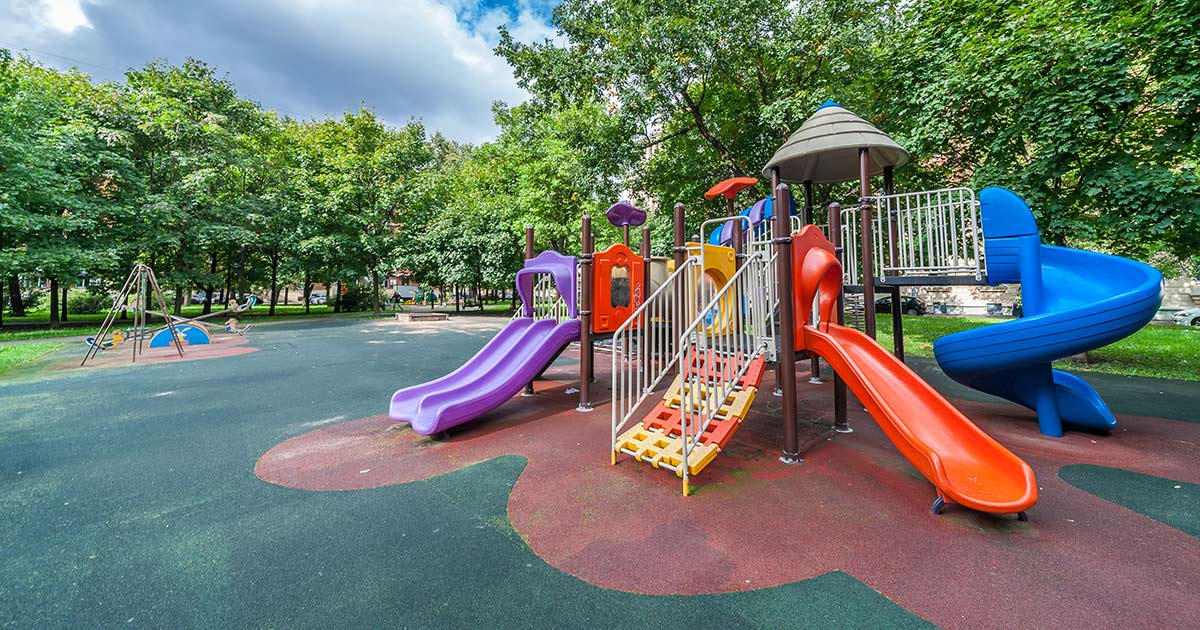
Playground conflict among schoolchildren is a decades-old problem that comes up with every class and generation. Some have relegated the issue to kids learning their social skills and how to function with each other.
Fortunately, unlike yesteryear, kids are not expected to “deal with it” anymore, having to rely on wits or avoidance to get away from the schoolyard bully. That said, fighting and bullying still happen, so it’s important for schools and teachers to have a conflict management plan in place to deal with the problem quickly so it does not manifest into a pattern and seriously-affected victims.
A plan defined
A conflict management plan in general involves teachers and monitors to be involved in a serious of steps and approaches to stop or prevent conflict, especially before it becomes a serious problem. Often, playground conflict starts small with words and taunts. Then it grows into action such as pushing, hitting and chasing. The goal of a plan is to break down this sort of negative behavior before it begins. Unfortunately, many plans take a reactive role, waiting for the problem to occur first just to identify the culprit.
Critical components
The key aspect of a proactive conflict management plan involves taking away undefined time for children to get into trouble during recess or play time. Often kids just walk around a playground at school because there isn’t much to do. That’s when the negative behavior can be the most creative, especially when a monitor is trying to watch 100 kids and can’t keep an eye on everything.
Instead of letting children have free reign during a break, a proactive plan involves group play and engagement with coaches and monitors. Simple painting of open black asphalt and a ball can create games and integrated activity versus boredom.
Where there are differences or challenges, children are expected and trained to work the issues out with objective decision-making tools rather than arguing or fighting. This can include simple exercises such as rock-paper-scissors, or taking a straws approach. By forcing the thinking to shift to a structured decision, the arguing stops and kids generally accept the decision result.
Additionally, in group games, kids are reinforced and taught to encourage the loser of a competitive activity rather than make fun of the person. This means where a child doesn’t win, make a basket or reach the goal, the other kids are expected to say “good try” or “good shot.” This softens the blow and teaches children good sportsmanship rather than making fun of someone’s weakness in an activity. It also helps children to keep trying at something to get better rather than avoid the experience of losing.
Managing conflict
Where conflict does occur, the plan needs to have a clear action on how to stop the negative activity, separate the culprit, and re-educate the wrongdoer. Deprivation from fun activities and being part of a group can be a very powerful discipline tool on a bully, but the child doing the wrong also needs to understand retaliation won’t be tolerated either. That requires monitoring and reminding the child not to go negative again. The plan also needs to have steps making it clear to the victim that such behavior won’t be tolerated and he or she does not have to be afraid at school.
Implementation
An important element of making a playground conflict management plan work at a school is having people dedicated to implementing the plan. That involves both teachers and playground monitors to all be coordinated on the given plan, and how it works. It also involves sharing of information so that school personnel involved know where the children that need to be closely watched are versus the children that need protection. Without proactive personnel involvement it’s very hard to stop bullying on the playground.
In short, playground conflict management planning requires multiple components of dedicated personnel, specific actions to be taken and proactive involvement. Kids need to be regularly educated on how to behave, even during their recess breaks. This approach deconstructs negative behavior that can occur due to groups on individuals and bullying. It also makes it clear to children engaged in conflict that their actions won’t be tolerated and will be acted on. That gives victims a strength and protection to push back and not tolerate fear. It also produces better school behavior, grades, and interaction among students overall.
Categorized as: Tips for Teachers and Classroom Resources
Tagged as: Bullying and Bully Prevention, Leadership and Administration
